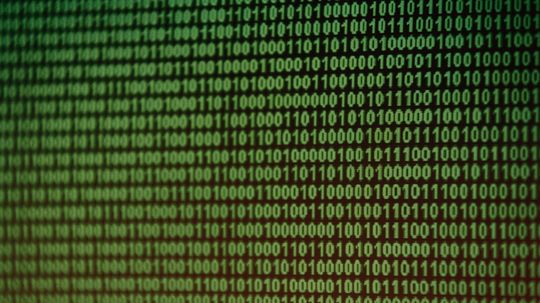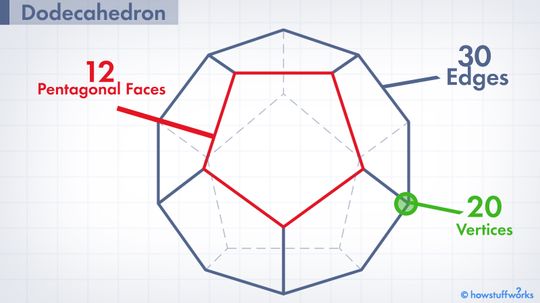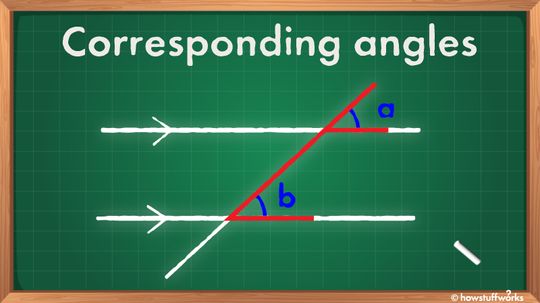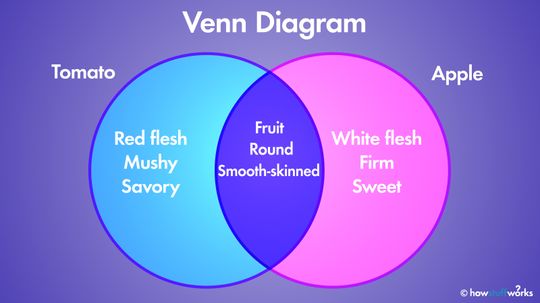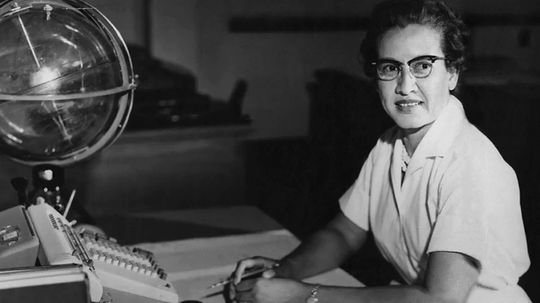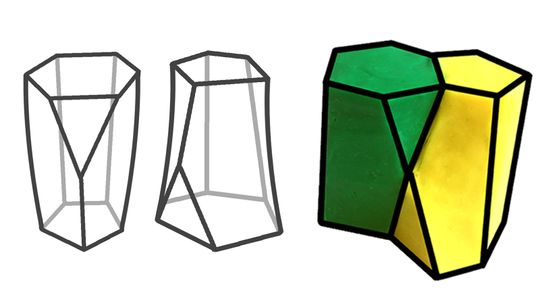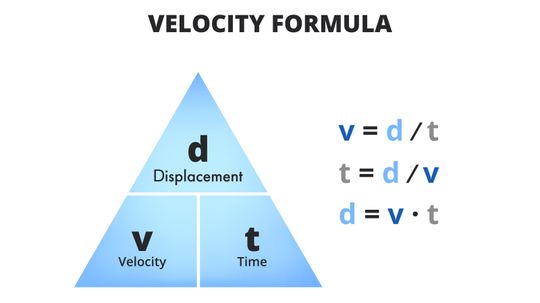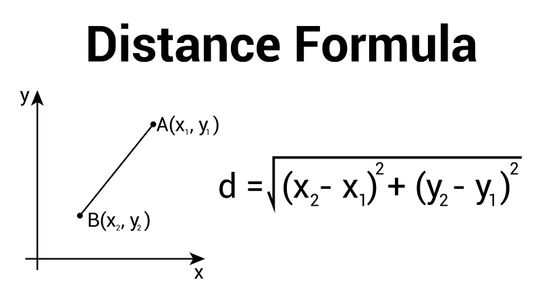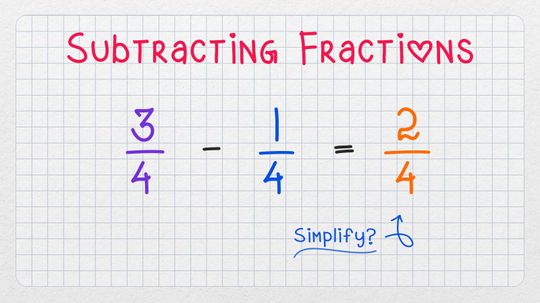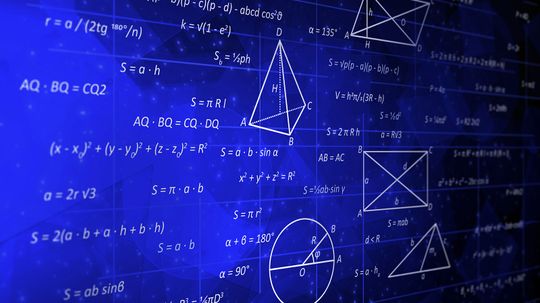Math Concepts
Math is often called the universal language because no matter where you're from, a better understanding of math means a better understanding of the world around you. Learn about math concepts such as addition, subtraction, fractions, ratios and more.

Brown Noise vs. White Noise: Which Is Best for Quality Sleep?

Can a sound wave kill you?

Can two cans and a string really be used to talk over a distance?

7 Types of Alcohol for Drinking, Cleaning and More

Understanding the Empirical Formula in Chemistry
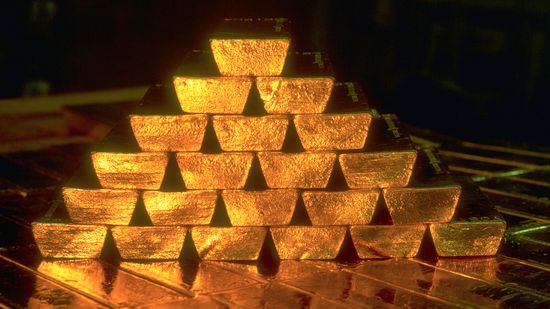
The Most Expensive Metal in the World Isn't Gold or Platinum

How Electricity Works

How Faraday Cages Work

How Gasoline Works

What Does Mummification Have to Do With Gene Hackman?

What do bugs have to do with forensic science?

5 Things You Didn't Know About Autopsies

How Alchemy Paved the Way for Chemistry

How did Nikola Tesla change the way we use energy?

Time May Not Exist, Say Some Physicists and Philosophers

Why Does Ice Stick to Your Fingers?

What if I forgot to remove a piercing before an MRI?

A Kid-friendly Introduction to Magnets and Magnetism
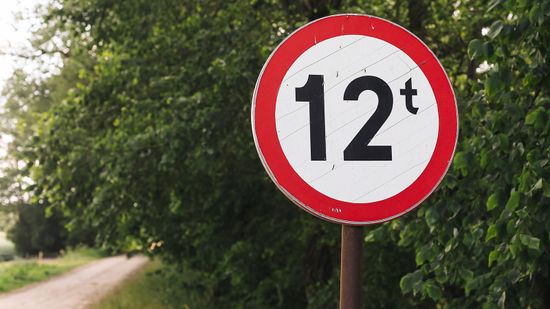
Tonnes vs. Tons: Metric vs. Imperial Measurements Strike Again

The Most Expensive Liquid Is 26,000x the Price of Human Blood

5 Hugely Fun Facts About Mass (Not Weight)

The Demon Core: A Tale of Atomic Ambition and Tragic Fate

Half-Life Formula: Components and Applications

Could an 'X17 Particle' Hint at a Fifth Force in the Universe?
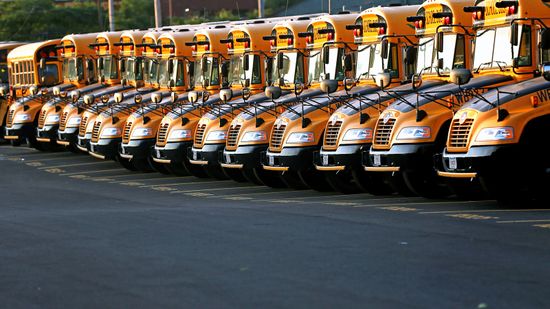
Why Are School Buses Yellow?

HowStuffWorks: How To Draw An Impossible Shape

What Are the Colors in the Visible Spectrum?
Learn More / Page 3
A reinterpretation of an ancient Babylonian tablet shows that trigonometry might be 1,000 years older than thought. But there's some disagreement.
With a little patience, you can master this trick of converting binary code to decimals - and have fun doing it!
By Mark Mancini
Has this ever happened to you? The meteorologist calls for a massive snowstorm, but the flakes fail to arrive. Chaos theory can shed light on why forecasts fail (and why our orderly world may not be so orderly after all).
Advertisement
Mathematics achieves the sublime. Sometimes, as with tessellations, it rises to art. In their simplest form, tessellations consist of a single shape that repeats over a two-dimensional plane without any gaps. Why was M.C. Escher so fixated on them?
Fractals have been around forever but were only defined in the last quarter of the 20th century. Think you can wrap your brain around how fractals work?
By Craig Haggit & Yara Simón
A dodecahedron has 12 flat faces, all shaped like pentagons. Here are 12 cool things you just may not know about them.
By Mark Mancini
Corresponding angles are what you get when two parallel lines are crossed by a third line, creating angles that have the same relative position at each intersection. They're easy to find once you know what to look for.
Advertisement
We may think the butterfly effect means that a small change (like the flap of a butterfly's wings) can have huge consequences (a tornado in China). But what if it means the opposite?
Venn diagrams are an easy way to simplify information and visualize relationships between concepts or sets of data.
It's easy to make a Mobius strip with some paper and tape, but your mind will be blown by the mathematical concepts it unlocks.
Two lines that are perpendicular to the same line are parallel to each other and will never intersect.
By Mark Mancini
Advertisement
It's an important question, so come with us and we'll show you how to figure it out.
A simple math problem may seem to some of us like an inscrutable pile of numbers and symbols, just waiting to trip us up. PEMDAS to the rescue!
Can you name even one female mathematician? Don't worry if you can't. That just means you need to read our article on five famous female mathematicians to up your cred.
By Dave Roos
Spanish researchers recently uncovered a new geometric shape that allows human tissue to curve. But how?
By Robert Lamb
Advertisement
The Pythagorean theorem, which explains how to calculate the longest side of a right-angled triangle, is an ancient mathematical statement that still buttresses modern-day construction, aviation and even how we navigate through traffic.
We'll show you both a quick and dirty way, and a precise, more complicated formula for converting Celsius to Fahrenheit (and vice versa).
Many people get speed and velocity confused. It's no surprise because the terms are often used interchangeably. But they're not quite the same thing. So how do you find the velocity of an object?
By Mark Mancini
Converting kilogram measurements into pounds is not hard. We'll show you the textbook way plus two quick-and-dirty shortcuts.
By Mark Mancini
Advertisement
Most of the world uses meters, apart from the U.S. and a few other countries. So what's an easy way to convert from meters to feet and vice versa?
By Mark Mancini
Both degrees and radians represent the measure of an angle in geometry. So, how do you convert one to the other?
By Mark Mancini
You can find the distance between two points by using the distance formula. It's an application of the Pythagorean theorem. Remember that from high school algebra?
The very idea of trying to subtract one fraction from another may send you into convulsions of fear, but don't worry - we'll show you how.
Advertisement
Want to know the area of your pizza or the kitchen you're eating it in? Come on, and we'll show you how to figure it out with an area formula.
We take the mystery out of reporting the percent error correctly and show you how to use it in real life.
By Mark Mancini

